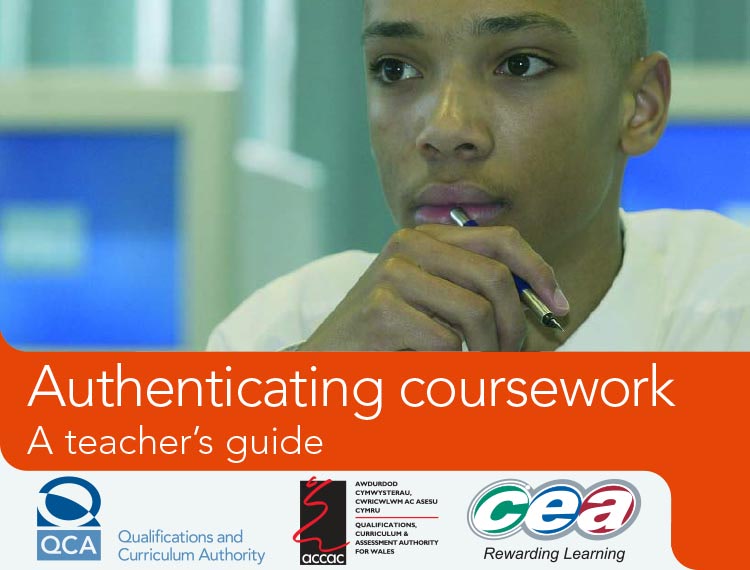Guide for Teachers to Assist in Fight Against Plagiarism in Coursework

The Qualifications and Curriculum Authority (QCA) has recently published a guide on helping teachers ensure candidate’s coursework is authentic.
It contains suggestions on how to detect and respond to incidents of plagiarism. “Authenticating Coursework: A Teachers Guide” was released on 2nd March 2006. This support tool was created by the OCA Coursework Taskforce, a task group consisting of various parties directly involved and concerned with education including awarding bodies, schools, colleges, teachers, parent and OFSTED among others. The guide offers support and guidance on various issues surrounding coursework and the marking process.
Tips to Steering Candidates Onto Straight and Narrow
Information given in the guide includes tips on how to steer candidates away from copying the work of others as well as practical help on how to deal with the problem if an incident of plagiarism arises. The material examines the role of the teacher, building a clear picture of exactly what is expected of those in control of monitoring coursework. The guide can be used to refer to for assistance with various difficulties.
Some interesting preventative methods are given. These ideas are suggested in an attempt to stamp out collusion before it occurs. One important step in minimising the risk of this is to ensure candidates complete a certain amount of the given task under supervision. Unsupervised work can then be monitored after submission to check it of the same standard. Teachers are advised to question candidates orally to see what responses are given and make sure they link in with written material supplied.
Essential Guidance for Teachers
Whilst discussing the launch of Authenticating Coursework and its purpose, Sue Kirkham, chair of the Coursework Taskforce stated: “It is essential that teachers are given advice and guidance to ensure that they are able to mark coursework fairly and be able to detect if the work is not the candidates own. We hope that teachers will keep and refer to this leaflet when marking coursework this year and in the future.”
Another fundamental piece of advice given concerned written ability. Whist checking work teachers should search for any changes in writing style and check if any unfamiliar phrases are used that do not appear in the candidate’s earlier work. Font sizes and margins should be checked for irregularities if work is word-processed. If spelling and the structure of a piece in inconsistent then this should be addressed as it may indicate work has been copied. Setting individual or personalised tasks should reduce incidents of this kind even further and increase the interest of candidates in creating their own piece of work.
Mark Feakes
Will teachers make use of this resource to fight internet plagiarism? Comments below:











Responses